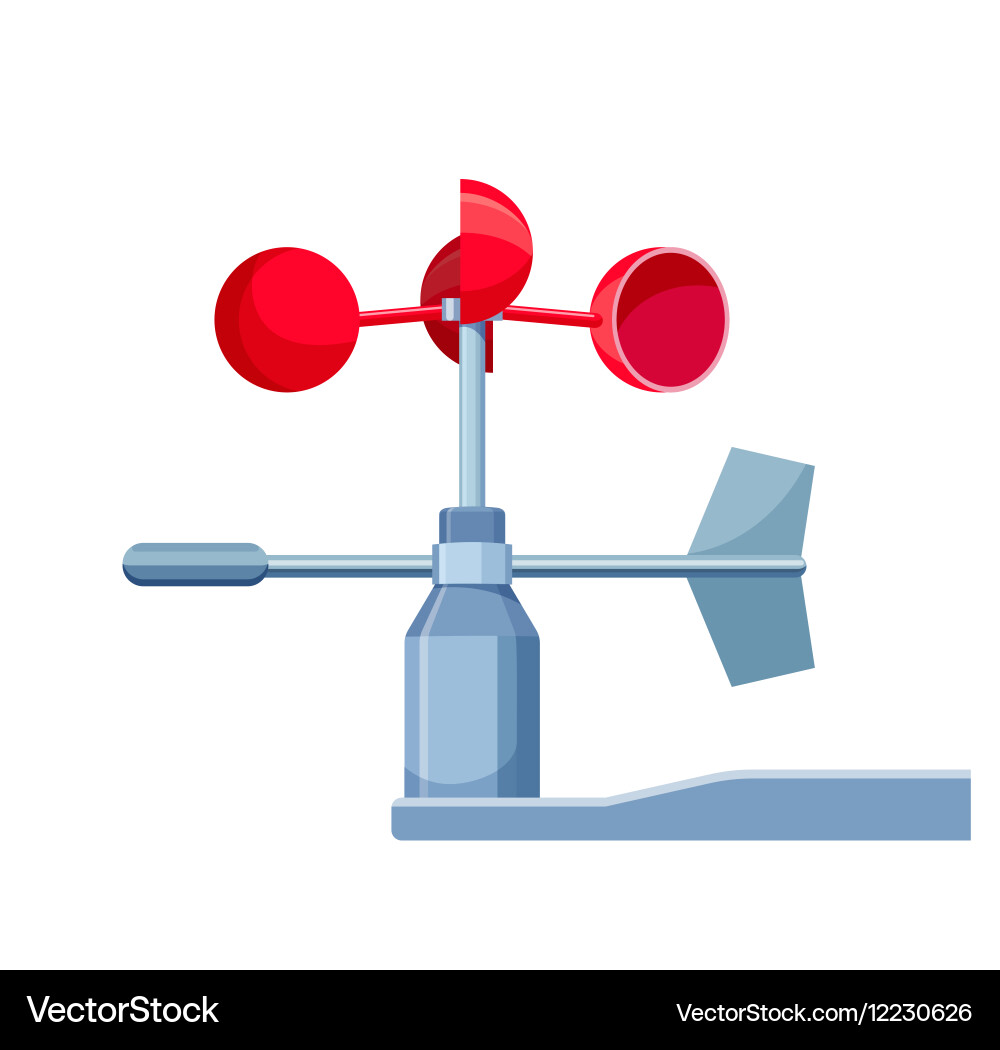Why an Anemometer is Essential for Your Environmental Data Collection
Why an Anemometer is Essential for Your Environmental Data Collection
Blog Article
Anemometers Unveiled: Recognizing Their Value in Ecological Surveillance and Safety And Security Actions
The duty of anemometers in ecological surveillance and precaution is often ignored, yet their value is obvious. These tools have a long history rooted in clinical query and technological developments, developing to become vital tools in various areas. From weather forecasting to air travel security, anemometers play an important role in providing exact data that informs decision-making procedures and enhances overall safety and security. Recognizing the intricacies of anemometers unveils a world of critical insights that are fundamental to our understanding of the setting and the steps we take to guarantee safety.
History of Anemometers
The advancement of anemometers can be traced back to the old civilizations where fundamental wind determining devices were very first made use of. These early wind measurement tools laid the structure for the development of a lot more innovative anemometers in time. Among the earliest recognized anemometers was the hemispherical mug anemometer developed by Leon Battista Alberti in the 15th century. This layout contained four hemispherical mugs that accumulated wind energy, offering a dimension of its strength based upon the rate of turning.
Over the years, developments in technology led to the advancement of even more modern anemometers, consisting of ultrasonic anemometers and laser Doppler anemometers, using increased accuracy and effectiveness in gauging wind rate and instructions. The history of anemometers showcases an impressive journey of technology and progress in the field of meteorology.
Sorts Of Anemometers
Throughout the area of meteorology, various kinds of anemometers have been created to accurately gauge wind rate and instructions. One of the most typical type is the cup anemometer, which consists of three or four mugs mounted on horizontal arms that rotate with the wind. As the mugs spin, the rate at which they rotate is straight proportional to the wind speed. An additional extensively used type is the vane anemometer, which includes a tail or fin that aligns itself with the wind direction. This alignment enables the device to figure out the wind direction. Sonic anemometers utilize ultrasonic signals to determine wind speed and direction precisely. They are frequently used in research study applications due to their high precision. Hot-wire anemometers run based upon the principle that the cooling impact of wind on a warmed wire is symmetrical to the wind rate. These anemometers appropriate for determining low wind speeds with high accuracy. Each sort of anemometer has its staminas and is picked based upon the particular needs of the tracking task handy.
Applications in Weather Forecasting
Having gone over the numerous sorts of anemometers made use of in weather forecasting for gauging wind speed and direction, it is important to discover their useful applications in the area. Anemometers play a crucial role in meteorology by offering precise and real-time information on wind conditions (anemometer). Meteorologists use anemometers to keep track of wind have a peek at this site speed and instructions to anticipate climate patterns, concern cautions for extreme climate occasions like tornados, tornadoes, and hurricanes, and examine weather for aviation safety and security
In weather forecasting, anemometers assist in recognizing regional and regional wind patterns, which are vital for predicting weather adjustments and figuring out climatic trends. These gadgets are likewise used in study to examine microclimates, urban warmth islands, and air contamination dispersion. Additionally, anemometers are used in agriculture to maximize plant administration practices, such as watering and pesticide application, based upon wind conditions.
Relevance in Aeronautics Security
An indispensable facet of guaranteeing aviation safety and security hinges on the precise surveillance of wind conditions making use of anemometers. Anemometers play a crucial function in aviation by supplying real-time data on wind speed and instructions, aiding pilots in making notified decisions throughout take-off, touchdown, and flight. Unpredictable and strong winds can substantially impact aircraft operations, making it necessary for aeronautics authorities to count on exact wind dimensions to guarantee the safety and security of passengers and team.

In the vibrant setting of air travel, where even small changes in wind speed and instructions can web have profound results, published here anemometers stand as vital devices for advertising risk-free and safe and secure flight.
Duty in Environmental Study
Anemometers play a crucial role in environmental study by supplying crucial data on wind rate and instructions. By precisely determining wind features, anemometers aid scientists examine the motion of pollutants in the air, examine the influence of commercial emissions, and anticipate the spread of pollutants in the environment.


Verdict
Finally, anemometers have actually played an essential function in environmental monitoring and security actions. With an abundant background and different types readily available, these tools have actually been commonly utilized in meteorology, aviation safety, and environmental research. Comprehending the significance of anemometers is essential for accurately gauging wind speed and instructions, which is essential for anticipating weather patterns, guaranteeing safe aviation operations, and performing environmental studies - anemometer. Their payments to these fields can not be underestimated.
One of the earliest recognized anemometers was the hemispherical cup anemometer developed by Leon Battista Alberti in the 15th century. Over the years, developments in modern technology led to the development of even more modern anemometers, including ultrasonic anemometers and laser Doppler anemometers, supplying enhanced accuracy and efficiency in measuring wind rate and instructions. Hot-wire anemometers operate based on the principle that the cooling result of wind on a heated cable is proportional to the wind rate. Meteorologists use anemometers to monitor wind speed and instructions to anticipate weather patterns, problem cautions for severe weather condition occasions like storms, storms, and twisters, and examine climatic problems for aviation security.
Comprehending the value of anemometers is vital for properly gauging wind rate and direction, which is essential for forecasting weather patterns, guaranteeing risk-free air travel operations, and performing ecological researches. (anemometer)
Report this page